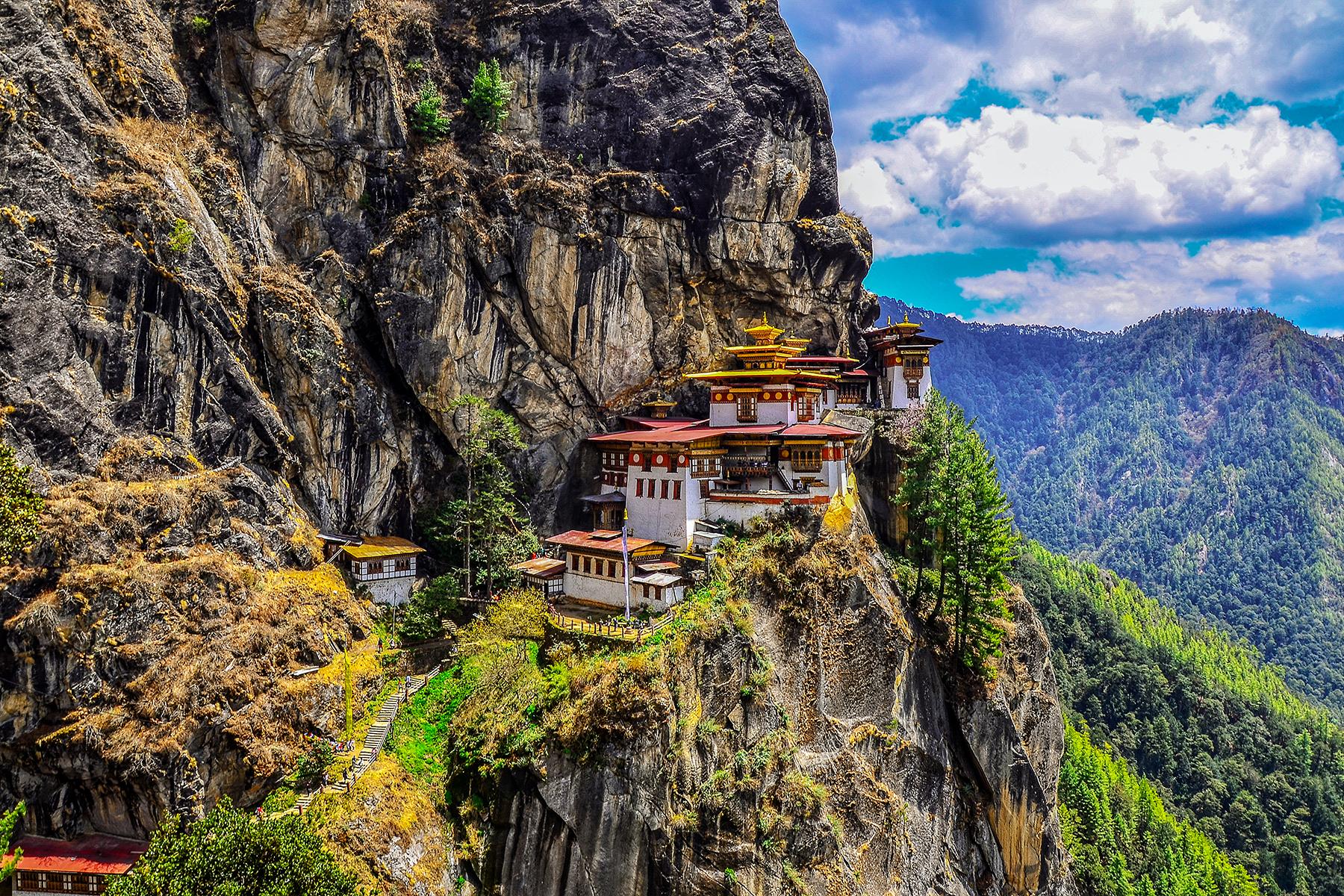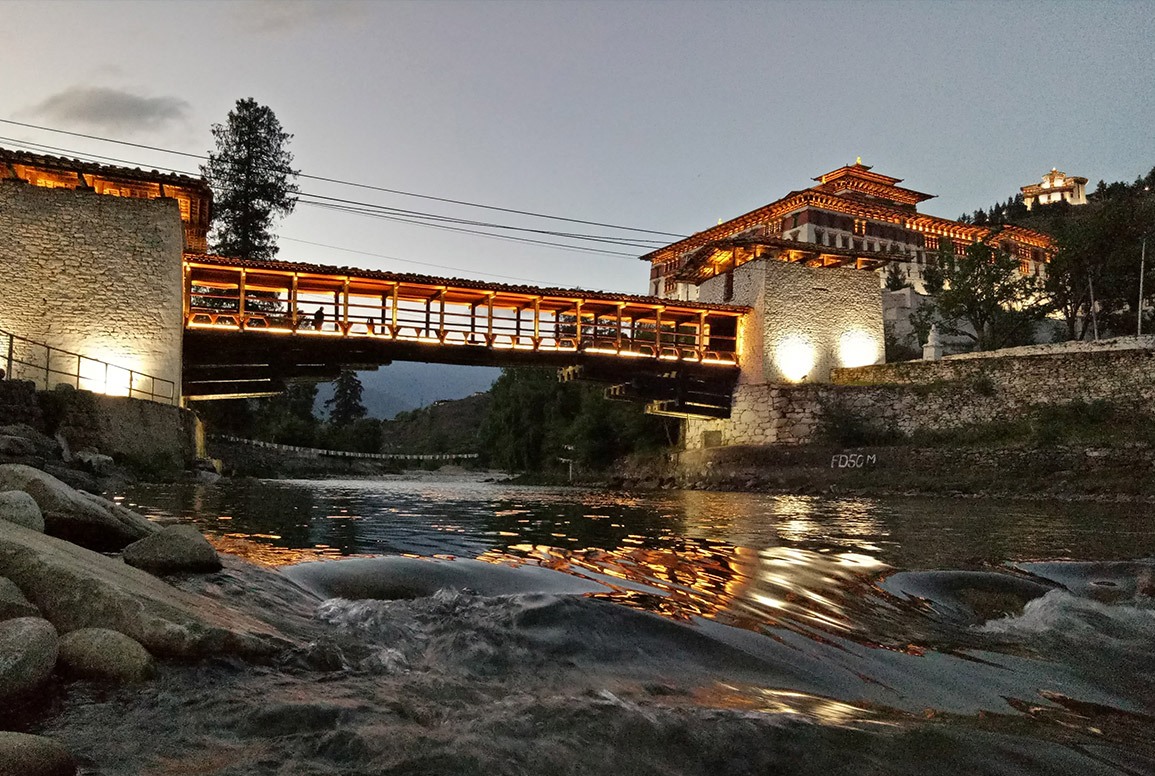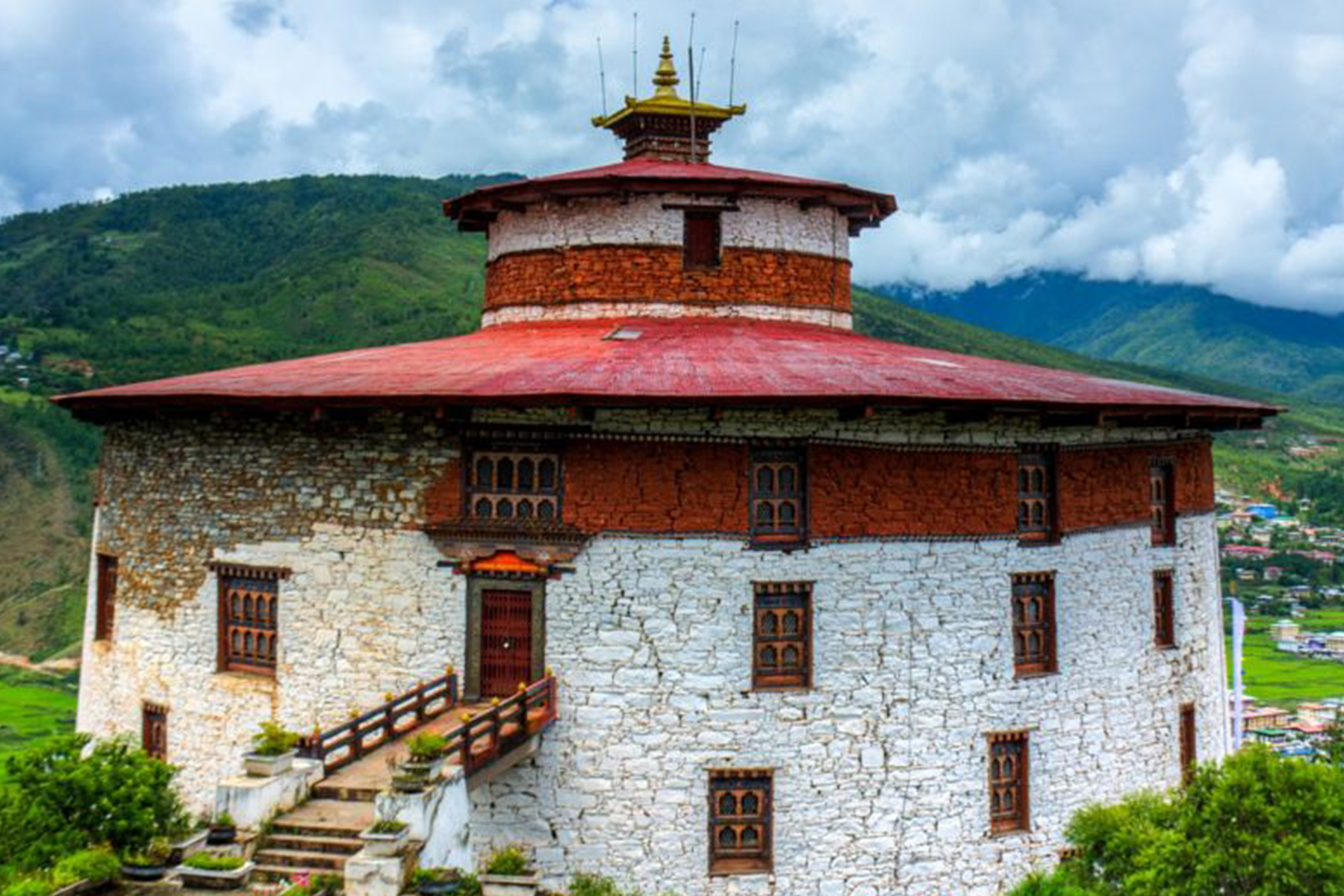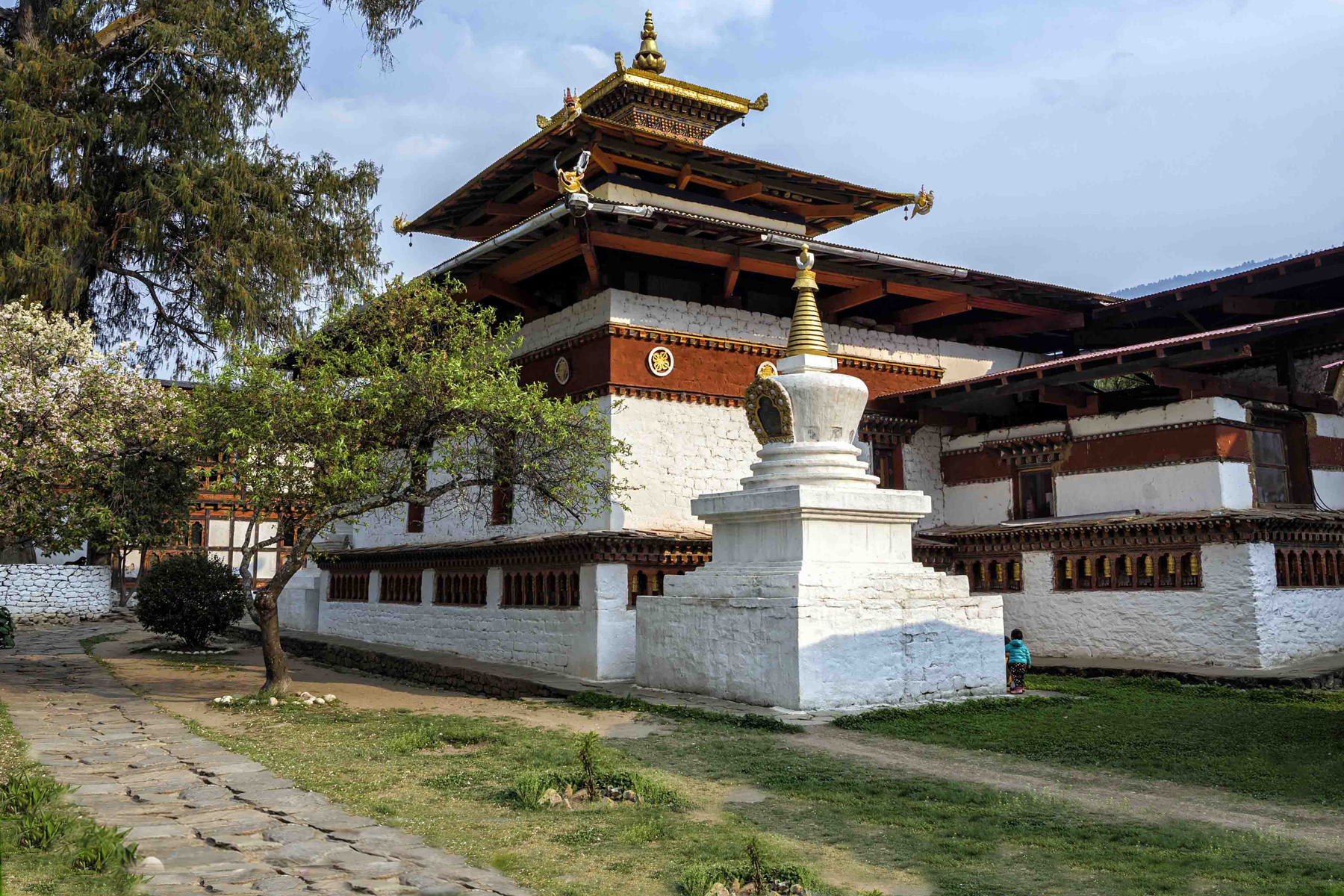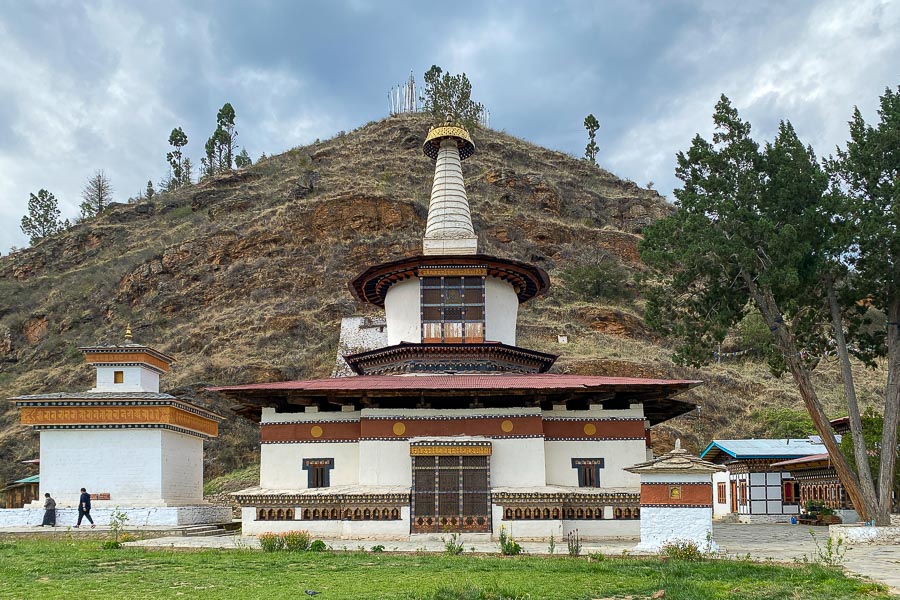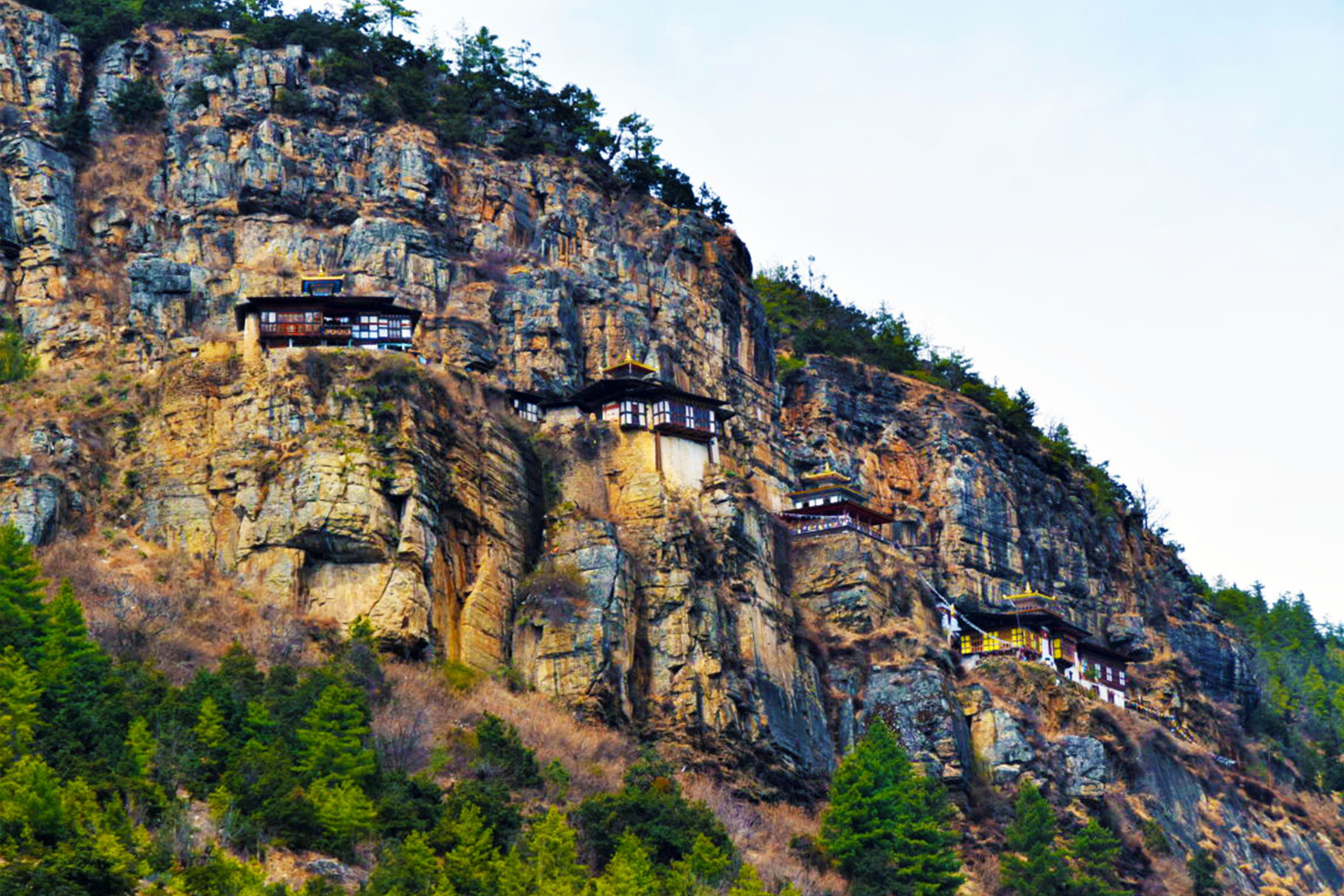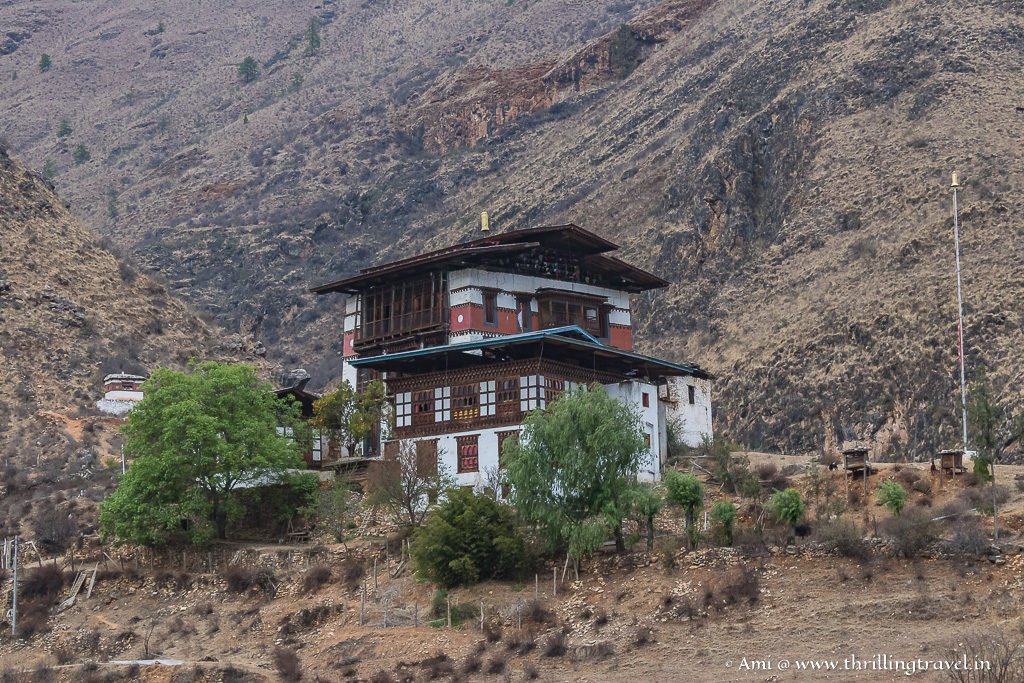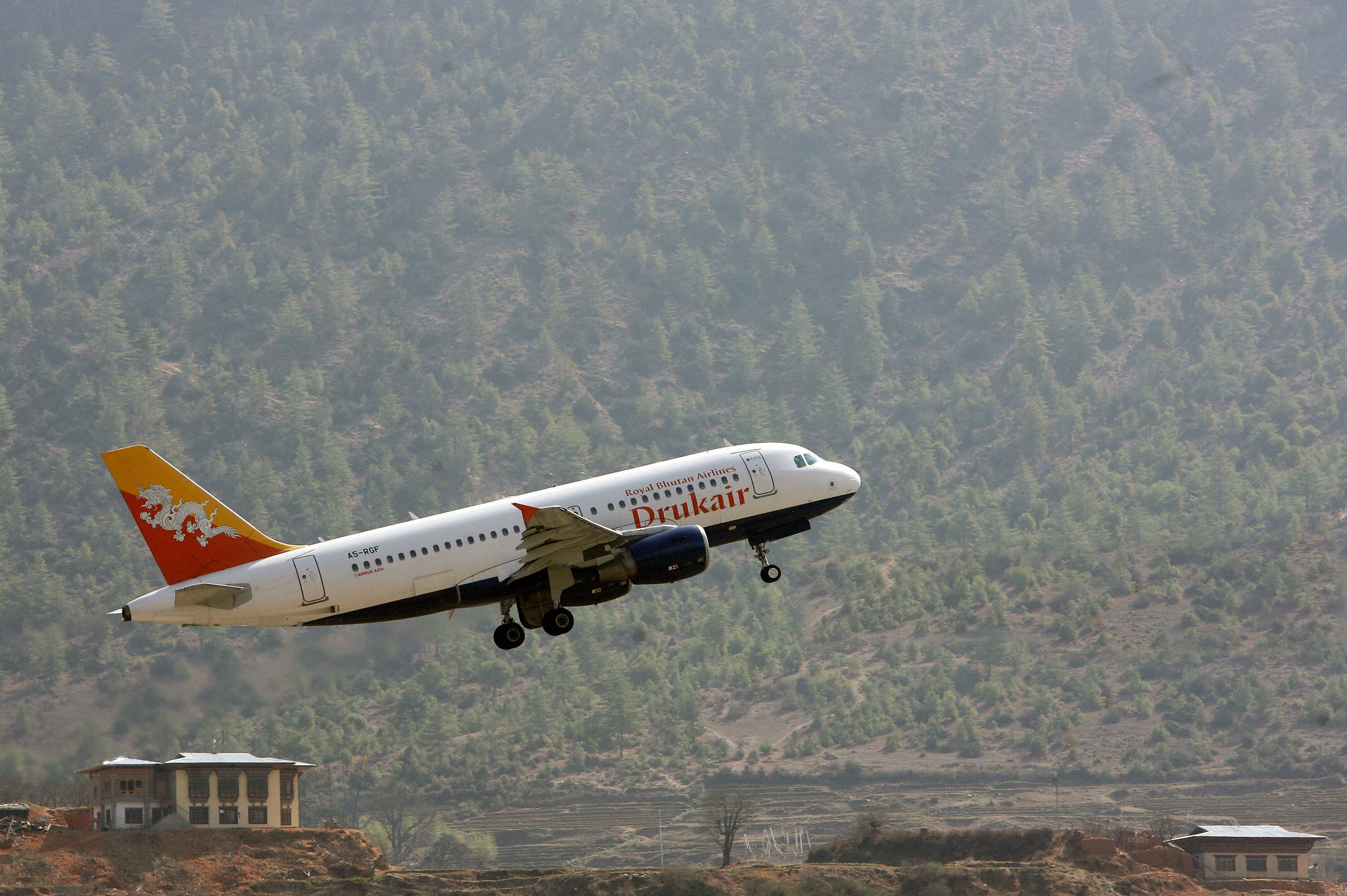Taktshang Monastery
Located in: Paro
History & Overview
Perched dramatically on a 900-meter cliff above Paro Valley, Tiger's Nest Monastery (Taktsang) is Bhutan's most iconic sacred site, where legend says Guru Padmasambhava flew on a flying tigress in the 8th century to meditate in its caves. This architectural marvel, built in 1692 around the holy caves, features gold-roofed temples seemingly glued to the sheer rock face, accessible via a breathtaking 2-3 hour hike through pine forests with panoramic Himalayan views. As Bhutan's most visited pilgrimage site, locals believe a visit cleanses negative karma - so sacred that every Bhutanese strives to come once in their lifetime. The challenging trail crosses a waterfall bridge before reaching the monastery complex housing Guru Rinpoche's relics and the original "Tiger's Den" meditation cave. Combining spiritual significance with jaw-dropping scenery, this UNESCO-recognized wonder remains the crown jewel of Bhutanese cultural heritage, offering visitors an unforgettable blend of adventure, history and divine energy.
Rinpung Dzong
Located in: Paro
History & Overview
Towering over Paro Valley on a strategic hillside, the magnificent Rinpung Dzong ("Fortress on a Heap of Jewels") has been Bhutan's most iconic monastery-fortress since its construction in 1646. This architectural masterpiece blends spiritual and administrative functions, featuring massive tapered walls, ornate golden roofs, and exquisite wood carvings depicting Buddhist symbols. The dzong comes alive each spring during Paro Tshechu, Bhutan's largest and most colorful festival. For five exhilarating days, the courtyard transforms into a stage for sacred masked dances like the dramatic Raksha Mangcham (Dance of the Judgement of the Dead), while monks unfurl a gigantic, centuries-old thangka tapestry at dawn - a moment of profound spiritual significance. Visitors during this period witness Bhutan at its most authentic: the air filled with chanting monks, the scent of butter lamps, and locals in vibrant traditional dress celebrating their living heritage. Beyond the festival, the dzong remains an active monastic school housing about 200 monks and serves as Paro's district administrative center - a perfect embodiment of Bhutan's unique fusion of spirituality and governance.
National Museum
Located in: Paro
History & Overview
Perched strategically above Rinpung Dzong, the Ta Dzong (National Museum of Bhutan) occupies a beautifully restored 17th-century watchtower that once guarded the valley below. Transformed into a museum in 1968 by command of His Majesty King Jigme Dorji Wangchuck, this circular fortress now houses one of the Himalayas' most remarkable collections. Its six floors showcase over 3,000 artifacts tracing Bhutan's evolution from prehistoric times (4000 BC stone tools) through medieval Buddhist kingdoms to modern statehood.
Kichu Lhakhang
Located in: Paro
History & Overview
Nestled in Paro's Lango Geog just a ten-minute drive from town, Kichu Lhakhang stands as one of Bhutan's most sacred ancient temples, originally built in 659 AD by Tibetan Emperor Songtsen Gampo as part of his legendary mission to construct 108 temples across the Himalayas in a single day to pin down a malevolent demoness. This hallowed site, predating Bhutan's unification by a millennium, enshrines priceless relics including an original 7th-century Jowo Sakyamuni statue and bears the spiritual imprint of Guru Rinpoche, who enhanced its sanctity in the 8th century by concealing sacred terma (treasures) within its grounds."
Dungtse Lhakhang
Located in: Paro
History & Overview
Perched near Paro's Jangsa village, just across the Pachu River, Dungtse Lhakhang stands as a unique 15th-century temple built by the legendary Tibetan yogi Thangtong Gyalpo - the pioneering "Iron Bridge Builder" of the Himalayas. Unlike typical Bhutanese temples, its remarkable three-story circular design forms a three-dimensional mandala representing hell, earth and heaven, adorned with rare 14th-century tantric murals that have survived centuries. This sacred site, where locals still come to ward off misfortune, preserves the legacy of its eccentric builder - a wandering saint who taught Buddhism to shepherds while constructing revolutionary iron bridges across the region. The temple's unusual architecture and powerful spiritual aura make it one of Paro's most intriguing hidden treasures.
Drukgyal Dzong
Located in: Paro
History & Overview
Rising majestically from a steep rocky hill in Phongey village, the ancient Dzong fortress dominates the landscape with its strategic position overlooking Paro Valley. Accessible only by a single narrow path, this 15th-century stronghold was designed for defense, featuring three formidable watchtowers originally equipped with thick mud battlements and precision arrow slits to repel invaders from Tibet. The fortress's natural defenses - sheer cliffs on three sides - made it nearly unconquerable, while its towers commanded sweeping views of the valley below. Today, an original stone footpath still leads adventurous visitors up to the atmospheric ruins, where crumbling walls and strategic vantage points tell silent stories of medieval Bhutanese warfare. This dzong formed a crucial part of Paro's defensive network along with nearby Rinpung Dzong, and local legends say its location was revealed to a meditating lama who recognized its perfect blend of spiritual energy and military advantage - making these ruins both a historical treasure and a sacred site frozen in time.
Dzongdrakha Lhakhang
Located in: Paro
History & Overview
Dzongdrakha Lhakhang clings dramatically to a cliff above Bondey and Gyepjag villages in Paro, accessible via a scenic 30-minute hike. This sacred site dates to the 8th century when Guru Padmasambhava miraculously flew here from Drak Karpo, leaving his footprints imprinted in stone at the cliff base. The complex features four ancient shrines built into the rock face, earning its nickname as "Little Tiger's Nest" for its similar breathtaking setting. Pilgrims visit to spin prayer wheels and seek blessings at this active power place where Guru Rinpoche meditated. The short hike rewards visitors with stunning Paro Valley views and a tangible connection to Bhutan's spiritual origins.
Tachog Lhakhang
Located in: Paro
History & Overview
Nestled along the Paro-Thimphu highway beside the serene Pachu River, 15th-century Tachog Lhakhang stands guarded by one of Bhutan's most remarkable feats of engineering - the reconstructed iron chain bridge originally built by the legendary "Iron Bridge Builder" Thangtong Gyalpo in the 1400s. This sacred site, accessible only by crossing a dramatic modern cantilever bridge spanning the river gorge, preserves the spiritual legacy of its founder through ancient relics and stunning valley views. The original chains - hand-forged links that once connected cliffs across roaring Himalayan rivers - now form a living museum of Bhutan's medieval engineering prowess. Visitors crossing the swaying bridge today follow in the footsteps of centuries of pilgrims who came to honor Thangtong Gyalpo's dual legacy as both a Buddhist saint and pioneering civil engineer
Paro Airport view
Located in: Paro
History & Overview
Paro International Airport (PBH) stands as one of the world's most dramatic aviation hubs, located about 1 hour's drive (53 km) from Thimphu. For over 40 years, Drukair (Bhutan's national carrier since 1983) held exclusive rights to operate here until Bhutan Airlines became the nation's first private airline in October 2013. The airport offers passengers a breathtaking "Bird's Eye View" approach - so named because planes must navigate a tight corridor between 18,000-foot Himalayan peaks, descending steeply over traditional Bhutanese homes before making a dramatic 90-degree turn to align with the single 1,985-meter runway. Only about 20 pilots worldwide are certified to land here, making every arrival an unforgettable aerial spectacle.


